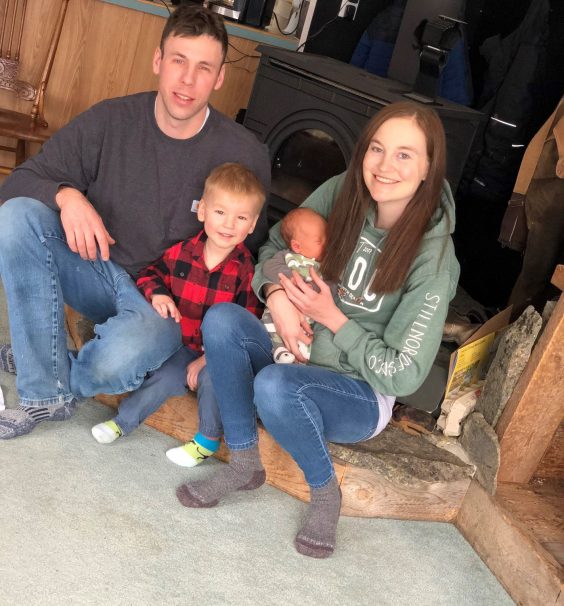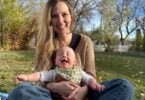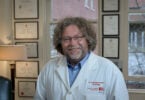February is Heart Month. Heart disease affects approximately 2.4 million Canadian adults and is the second leading cause of death in Canada.
When Shina Biblow became pregnant with her second child, she and her husband were elated.
But the couple’s excitement would be short-lived.
The Williams Lake-area woman immediately developed health problems that would require complex, high-risk heart surgery at St. Paul’s Hospital when she was just 15 weeks pregnant.
The expertise of the multiple St. Paul’s teams that the case united brought a happy conclusion for Biblow and her husband Tyson. On January 24, she gave birth to a healthy baby boy named Merritt, a brother for two-year-old Morris.
In a sense, Biblow’s story began 32 years ago. She was born with a narrowing of her aortic valve, the main blood vessel leaving the heart. She required surgery for this as an infant.
The condition meant that when she turned 18, she became part of the Pacific Adult Congenital Heart Clinic (PACH) at St. Paul’s Hospital, a multidisciplinary team that follows adults born with heart disease.
Feeling unwell from the pregnancy’s start
Apart from being unable to do certain intense sports, Biblow led a normal life, including an uneventful first pregnancy and birth.
This second pregnancy was different.
From the get-go, she felt unwell. “I was nauseous and tired, my heart was racing and I got what I call hot flashes,” she says. “I just assumed they were caused by a surge of pregnancy hormones.”
She received care at her local Emergency Department, then doctors sent an urgent referral to the highly specialized Cardiac Obstetrics Clinic (COB) at St. Paul’s Hospital. She received tests that revealed episodes of sudden extremely rapid heart rhythms, but no one knew why.
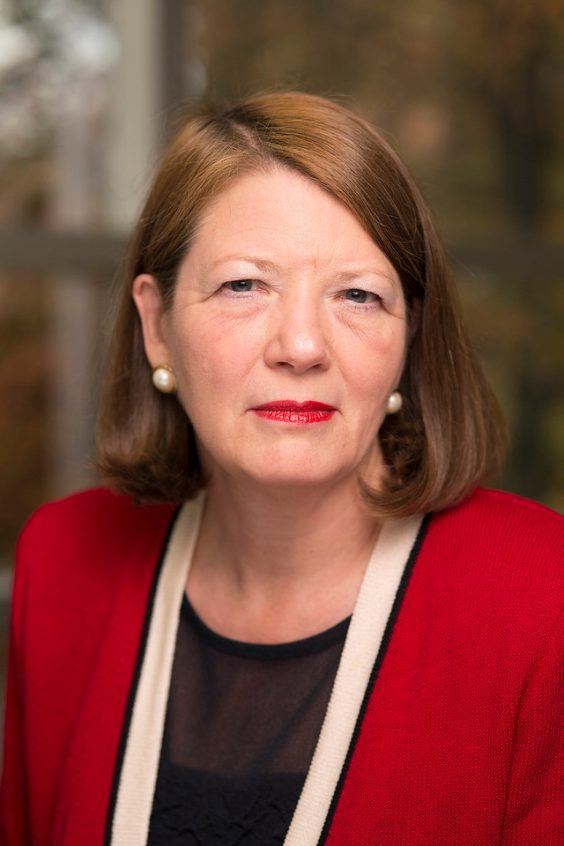
Calf cramps followed – also a pregnancy symptom, she figured. When she developed itchy red spots on her body, she became alarmed.
Breathing was so hard she could not even care for her toddler. When she called a PACH Clinic nurse, she exploded into fits of coughing.
Dr. Marla Kiess, St. Paul’s cardiologist and COB founder, followed Biblow by Zoom to monitor the heart palpitations, shortness of breath and other symptoms.
Read more about COB: Strength in Numbers – Large St. Paul’s team saves life of Vancouver mom and baby
A soaring heart rate
As they persisted, Dr. Kiess directed the local hospital to airlift her for more advanced care to Kamloops’ Royal Inland Hospital August 12. There, her heart rate soared to 190 beats/minute. A normal rate is 60 to 100.
Tests found growths on her aortic valve, suggesting a bacterial infection: serious in any patient, more so in a pregnant woman.
“The infection in the valve was totally unexpected and unpredictable,” recalls Dr. Kiess.
She and her team arranged for Biblow’s transfer to St. Paul’s, the only centre in British Columbia for complex cardiac-obstetrics cases like this.
Surgery poses big risk to fetus
Shortly after arriving on August 15, St. Paul’s cardiovascular surgeon Dr. Jamil Bashir told her she’d need open-heart surgery to replace the infected aortic valve.
“It was scary,” says Biblow. “But it needed to be done if we wanted to keep the baby and save my life.”
Risks were high. “That point in gestation is a critical time in the baby’s evolution because many organs are developing,” says Dr. Kiess.
A complex case requires a large care team
In surgery, Biblow would be supported by a heart-lung bypass machine, which would reduce blood flow to the fetus and risk organ malformation. Alarmingly, it would bring a 40-per-cent risk of the baby dying, says Dr. Kiess.
Because of the case’s complexity, her care team began a huge amount of planning to anticipate potential responses to problems in both mom and baby. It included nurses and doctors from cardiology, anesthesia, surgery, infectious diseases, the ICU, and obstetrics. Zoom proved invaluable.
Delicate balance around medication
On August 18, Dr. Bashir and his team successfully implanted a mechanical aortic valve to replace the severely infected one. The good news was, a mechanical valve (unlike a cadaver valve) would never have to be replaced. The bad news was, it increased Biblow’s risk of clotting. She would need blood thinners for the rest of her life.
Those drugs brought risks to the fetus, so Dr. Anna Rahmani and Dr. Tony Wan from the St. Paul’s Thrombosis clinic were also part of her care.
St. Paul’s teams then followed her post-surgery to monitor her with the new valve and pregnancy.
The birth approaches
As the delivery date approached, her team wanted her in Vancouver near the hospital several weeks before, to tend to her cardiac and obstetrical needs. Registered Nurse Karen Sandhu, Complex Care Coordinator for Maternity, and Amy Graham, COB RN, oversaw the many logistics around that chapter, as did PACH/COB social worker Kassandra Maxwell. “I coordinated with her St. Paul’s obstetrician, Dr. Nancy Matinko and the virtual visits Shina would have with her,” says Sandhu.
More planning ensued, especially around her anticoagulants. They had to stop in advance because of the risk of a severe bleed giving birth. Yet she couldn’t be off them for more than 24 hours because of clotting risks.
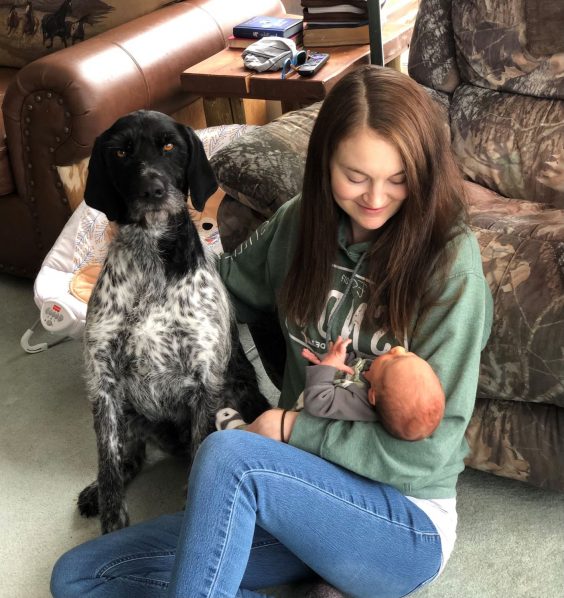
Amid it all, Merritt arrived on January 24 at 38 weeks’ gestation, weighing six pounds, four ounces. “With all the meds I was on, they were expecting a smaller baby,” Biblow says proudly. He is healthy and well.
The expanded family is home on its ranch in the Interior, focusing on their two sons. She has regular virtual visits with St. Paul’s teams, including COB and the Thrombosis Clinic.
She and husband are grateful to St. Paul’s expansive team of doctors, nurses, social workers and many others who helped her and her baby survive risky cardiac surgery and see her through delivery and post-partum care.
“Even though everything happening was very scary and we didn’t know what the outcome was going to be, our faith and prayers from our family and friends, and the care from the team at St. Paul’s is what got us through the experience.”
